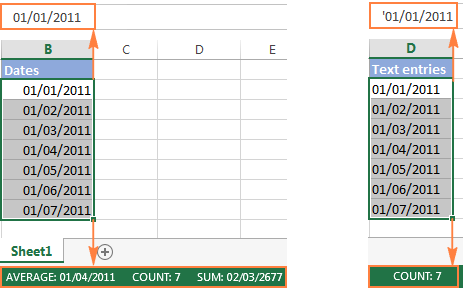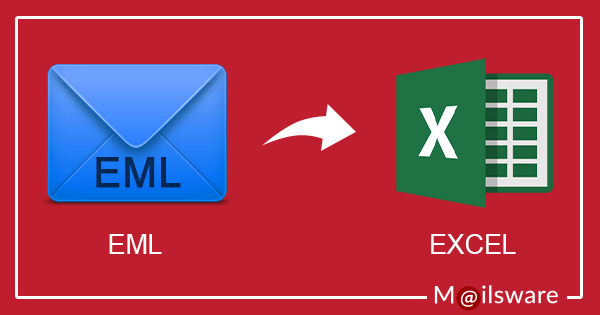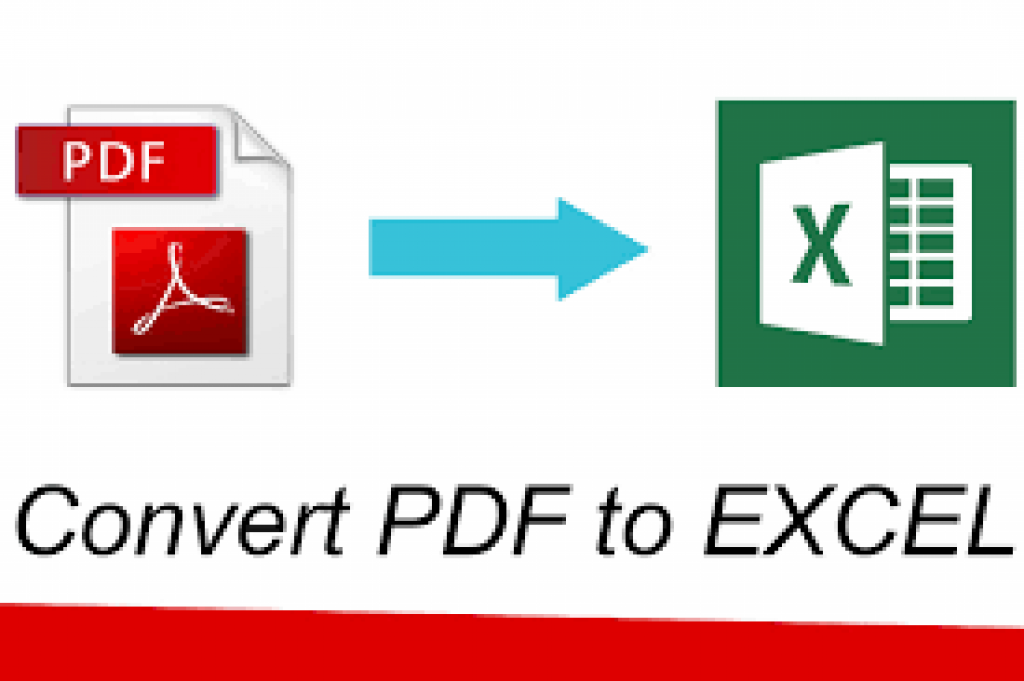
Searching for a ready-made converter only gave me “404 not found errors”. Having finally managed that, I discovered that the upload of the logs to the SOTA database requires yet another format. While I enjoy experimenting with the station set-up, and making the contacts, I really did not like to spend the remaining of my week-end wrestling with the related administration: reading my awful handwriting (even when my hands are not frozen as they were on site) to input the QSO’s in my logging software, guessing the times I had not written down during the QSO’s, uploading the relevant records with a new call (these are my first QSO’s logged as ON6ZQ/P), to eQSL (with an “attached” callsign), and Lotw (with the required new certificate).

This is generally because other programs may not have country data that is up-to-date.After my very first activation this Saturday on a very accessible summit (ON/ON-027), I already learned many lessons for my future activations. There will always be some anomalies that the operator will have to sort out. The information provided in Ham Radio Deluxe Logbook (for awards and QSO fields) is only as good as the data that comes from the other logbook source. NOTE: Be aware of the “garbage-in/garbage-out” scenario. It may be necessary to clean up the source data - using the errors as your guide - and attempt the import again.

If there are errors in the source ADIF, the operator will see this in the results displayed below. Once the file has been analyzed, the results will be shown. If you have older QSOs in your log, and a newer QTH, you may not want to have the old QSOs show up in your log under the net QTH. Use the " Insert Local Station Information on Import" with care. This will ensure that the country stands the best chance of being converted correctly. NOTE: It is strongly recommended that the top two boxes are always checked. Then select the ADIF file for input by clicking the button to the right of “DIF Filename. From the menu in Logbook, select Logbook >File > Import, and then choose the relevant option from the list of five shown.

Make sure that it is configured to provide all available fields. Export the log into ADIF format from the other logging program. To import a log from another logging program, follow these steps: 1. Logs can be easily imported from other logging programs. This is a method for moving log data between dissimilar systems. NOTE: What's described here is not a method for log backup. Solution home Ham Radio Deluxe User Guides Logbook Importing Log Files


 0 kommentar(er)
0 kommentar(er)
